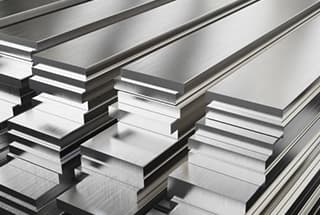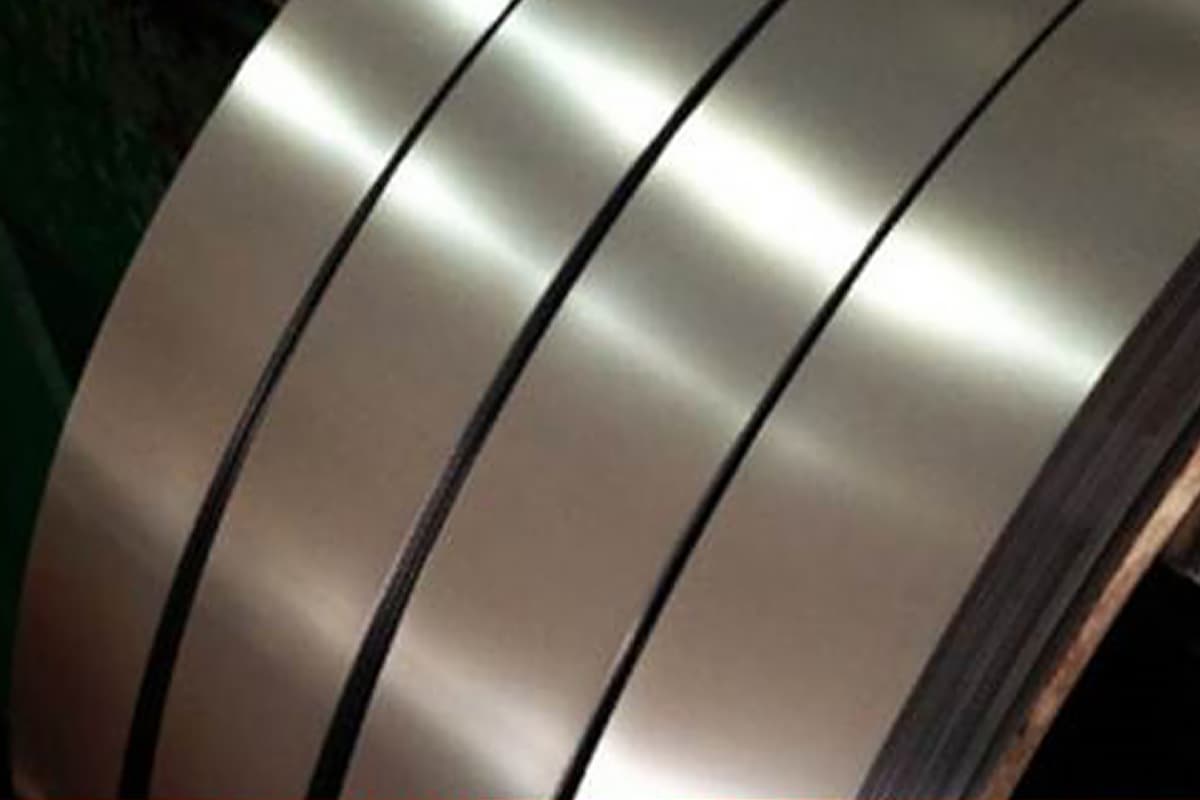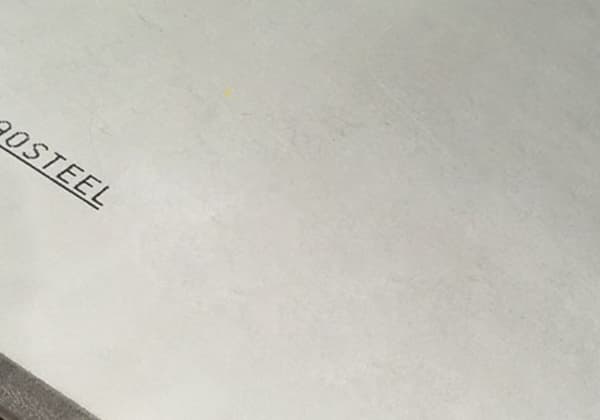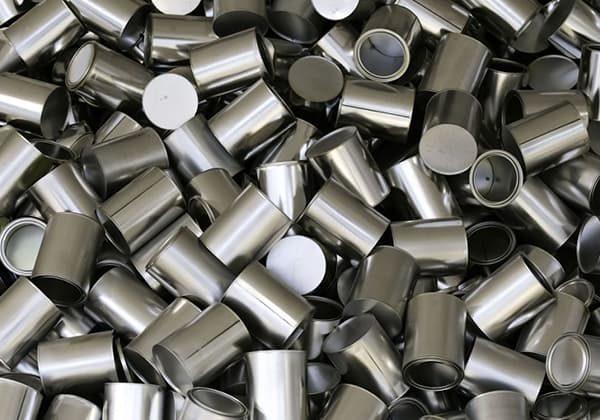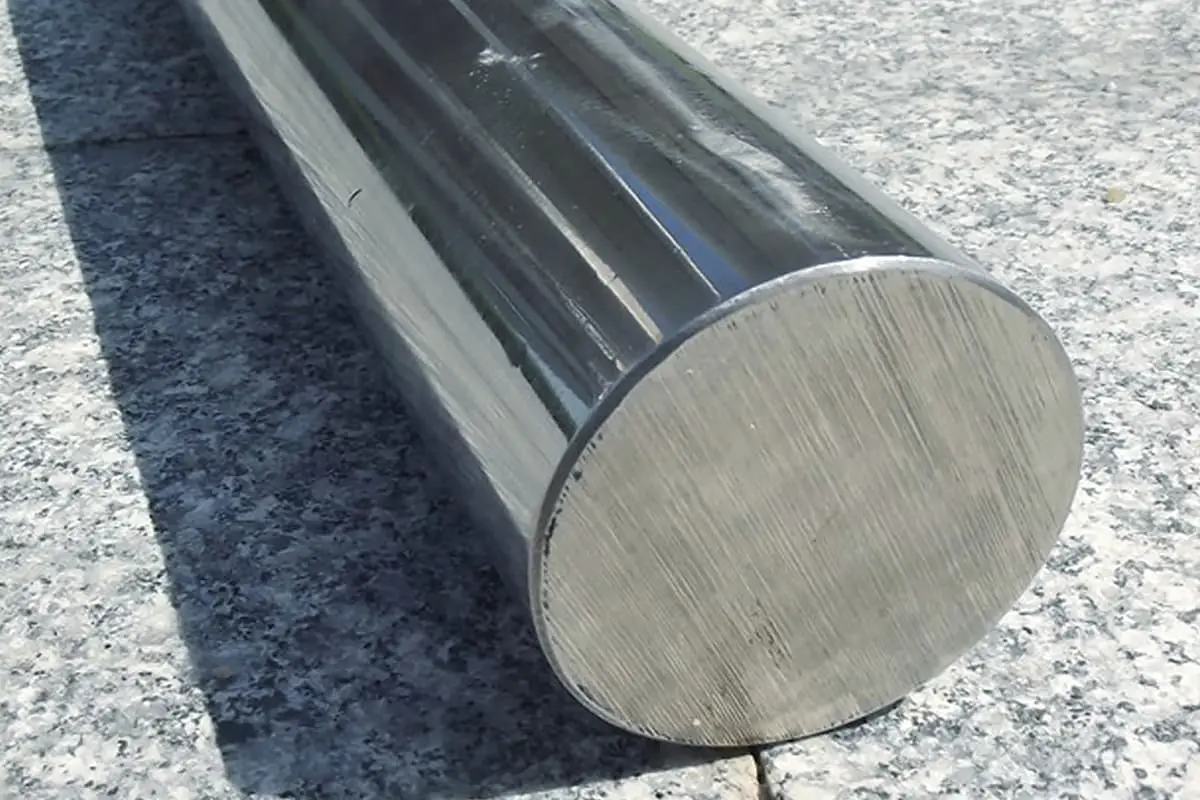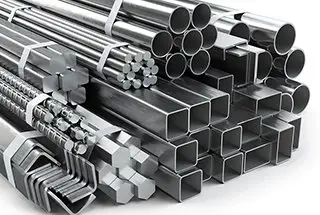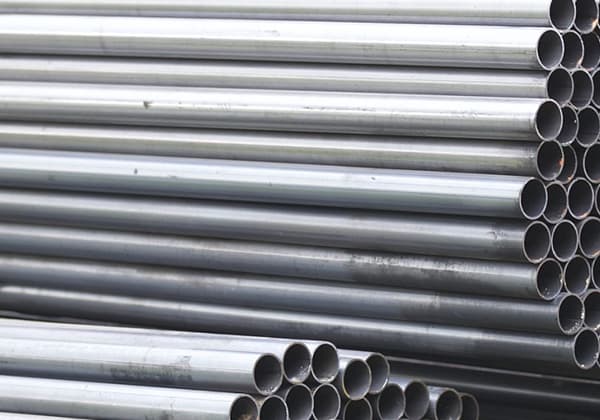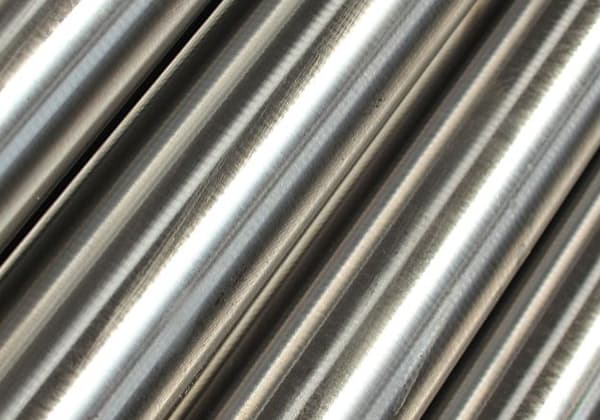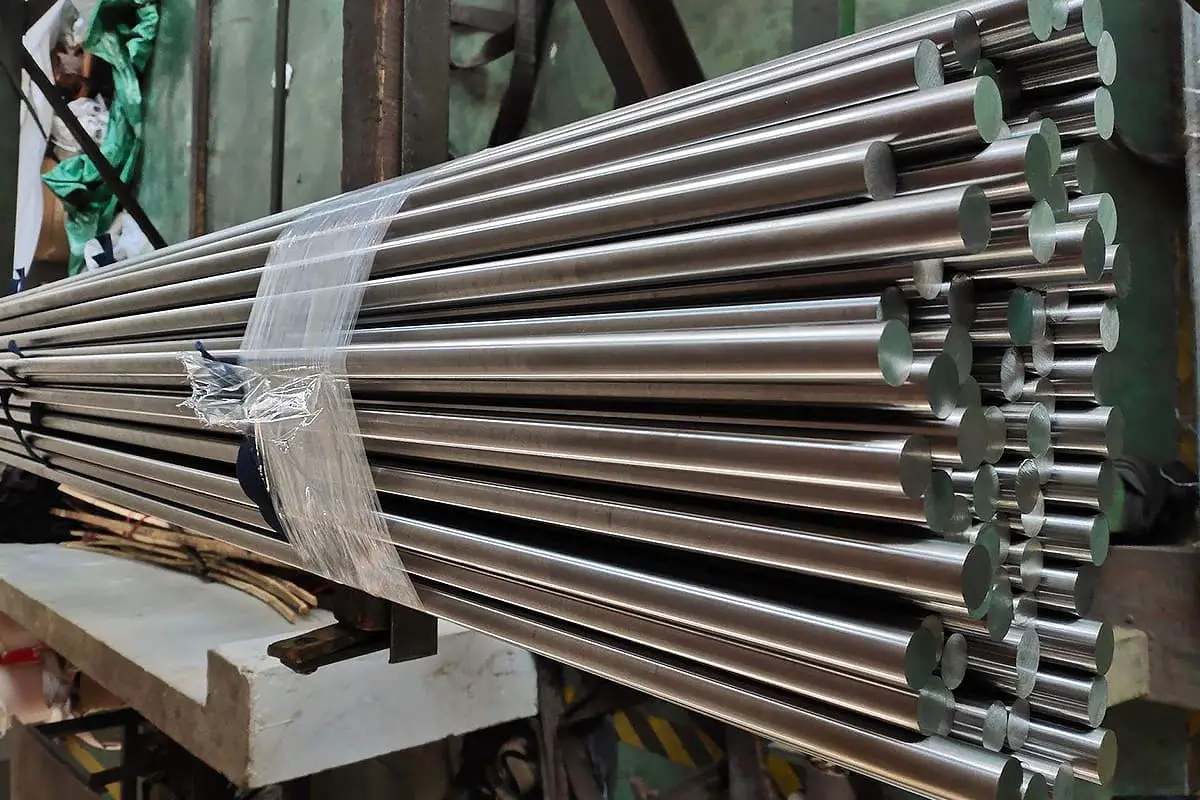
Have you ever wondered why stainless steel types like 304, 304L, and 304H differ? This article reveals the key distinctions, focusing on their carbon content and its impact on performance. By reading on, you’ll uncover how these differences affect corrosion resistance, strength, and suitability for various applications.
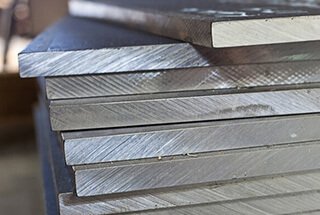
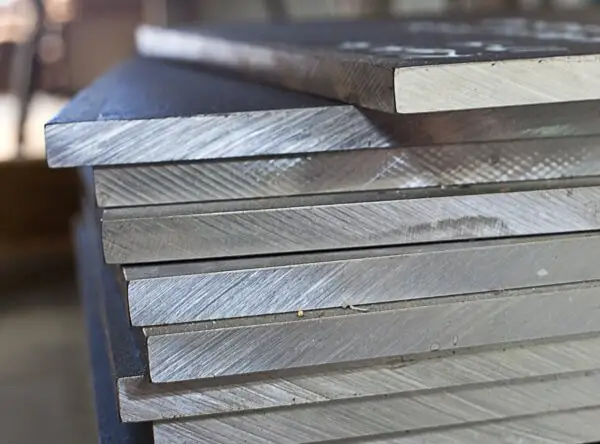
In actuality, all three are 304 stainless steel based on their chromium-nickel content, which comprises 18% chromium (Cr) and 8% nickel (Ni). However, the main difference lies in the quantity of carbon present.
Table of chemical composition (%) of 304, 304L, 304H
| Item | C | Mn | P | S | Si | Cr | Ni | N |
| 304 | 0.08 | 2 | 0.045 | 0.03 | 0.75 | 18-20 | 8-10.5 | 0.1 |
| 304L | 0.03 | 2 | 0.045 | 0.03 | 0.75 | 18-20 | 8-12 | 0.1 |
| 304H | 0.04-0.1 | 2 | 0.045 | 0.03 | 0.75 | 18-20 | 8-10.5 |
Note: The unspecified range is less than or equal to.
In reality, all three are 304 stainless steel based on their chromium-nickel composition, which contains 18% chromium (Cr) and 8% nickel (Ni). The distinction lies in the amount of carbon present.
304L is an ultra-low carbon stainless steel with a carbon content reduced to less than 0.03%, which helps prevent intergranular corrosion and potentially enhances stress corrosion resistance. However, this effect is not always noticeable in practice.
The purpose of reducing carbon is similar to adding titanium, but 321 with titanium is more expensive to produce, resulting in thicker and pricier steel.
The “H” in 304H stands for high temperature. The high carbon content improves high-temperature strength, as GB150 requires austenitic steel used at 525°C or higher to have a carbon content of no less than 0.04%, with carbides as the strengthening phase and improved high-temperature strength compared to pure austenitic steel.
Of the three, 304H has the highest carbon content, 304L has the lowest, and 304 falls somewhere in between. The higher the carbon content, the worse the corrosion resistance of the stainless steel and the greater the likelihood of rust.
This difference in carbon content also leads to differences in price and varying requirements for different applications.
Mechanical properties table of 304, 304L, 304H
| Item | Tensile strength | Yield strength | 50mm elongation | Hardness | Cold bending | |
|---|---|---|---|---|---|---|
| MPa | MPa | Brinell | Rockwell | |||
| 304 | >515 | ≥205 | ≥40 | ≥201 | ≥92 | no requirement |
| 304L | >485 | ≥170 | ≥40 | ≥201 | ≥92 | no requirement |
| 304H | ≥515 | ≥205 | ≥40 | ≥201 | ≥92 | no requirement |
Note: The yield strength refers to 0.2% yield strength.
It is important to note that the idea that 304L can be used instead of 304 is incorrect. The suitability of the material depends on the application and cannot be determined without considering the relevant rules and regulations. Only the original design department has the authority to make changes, and this should be kept in mind.

